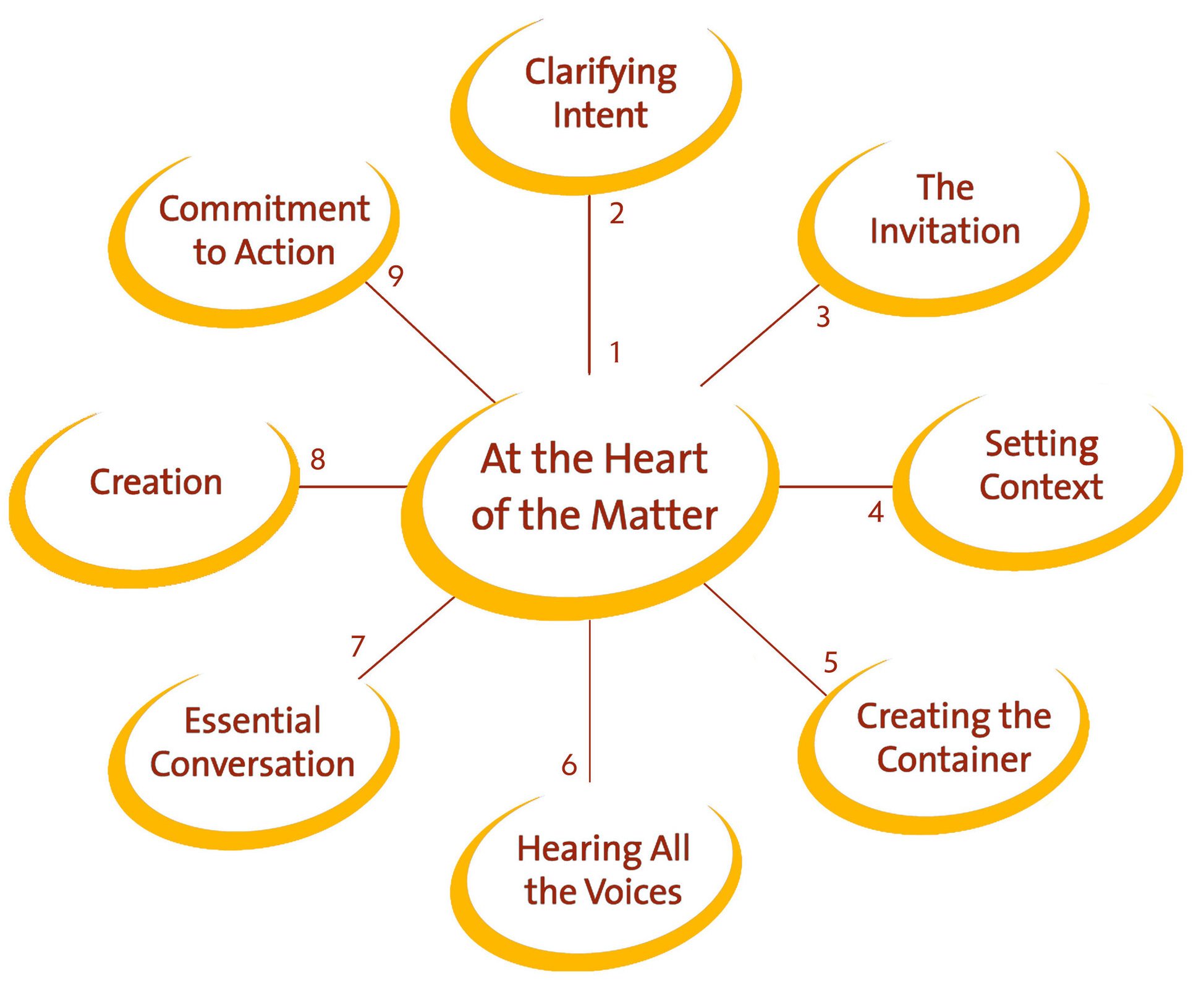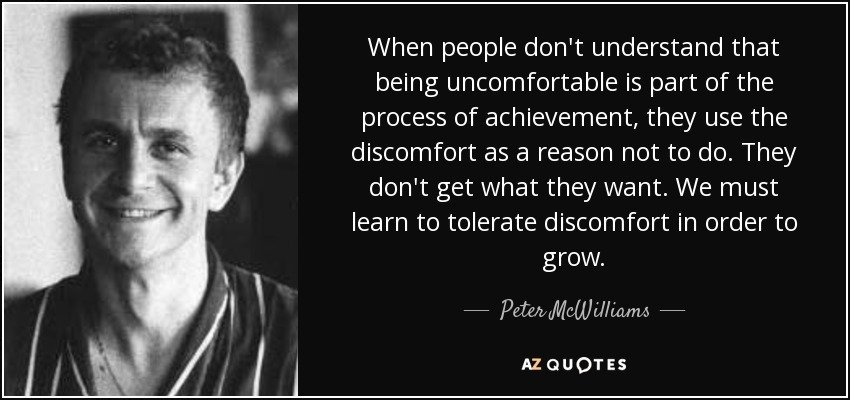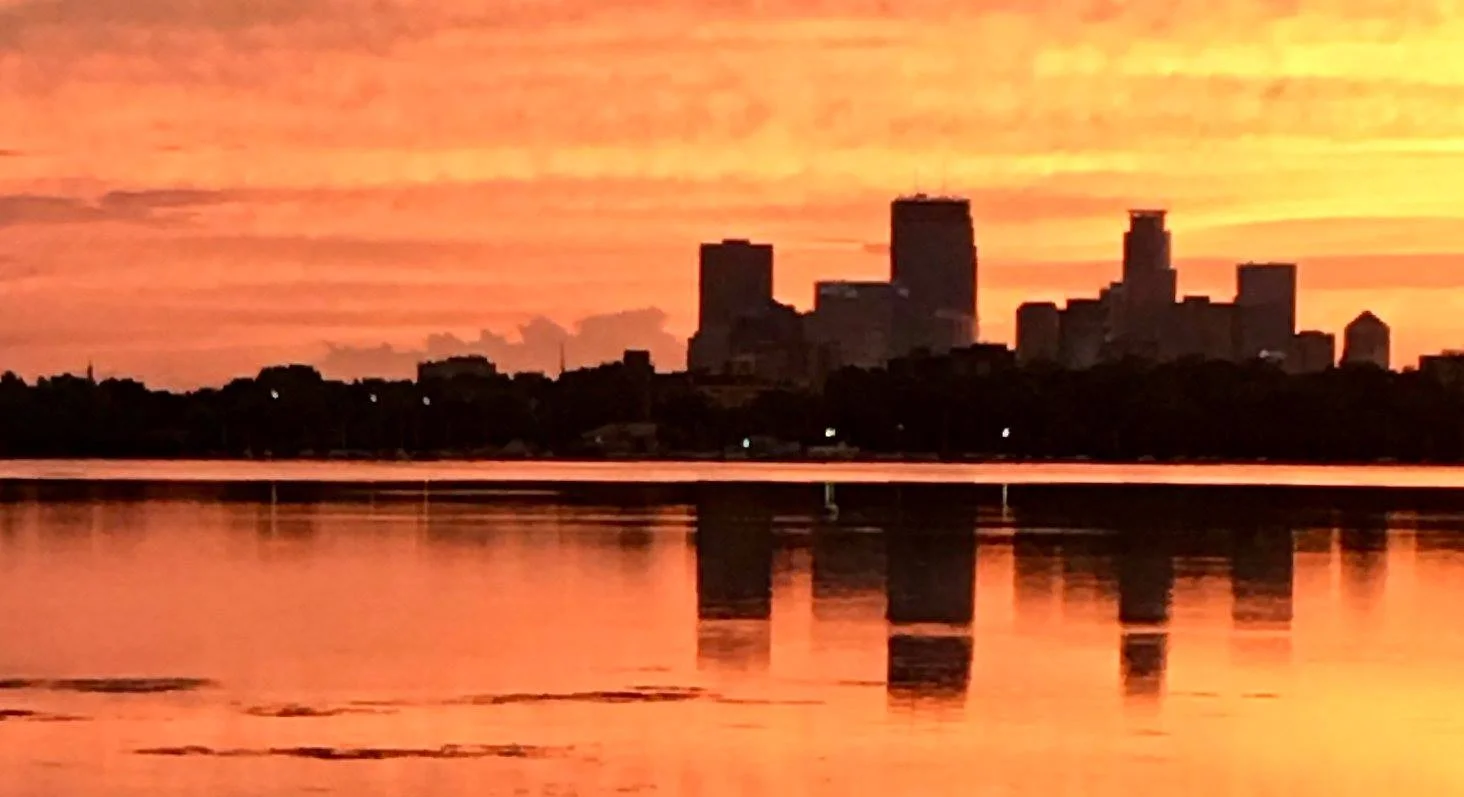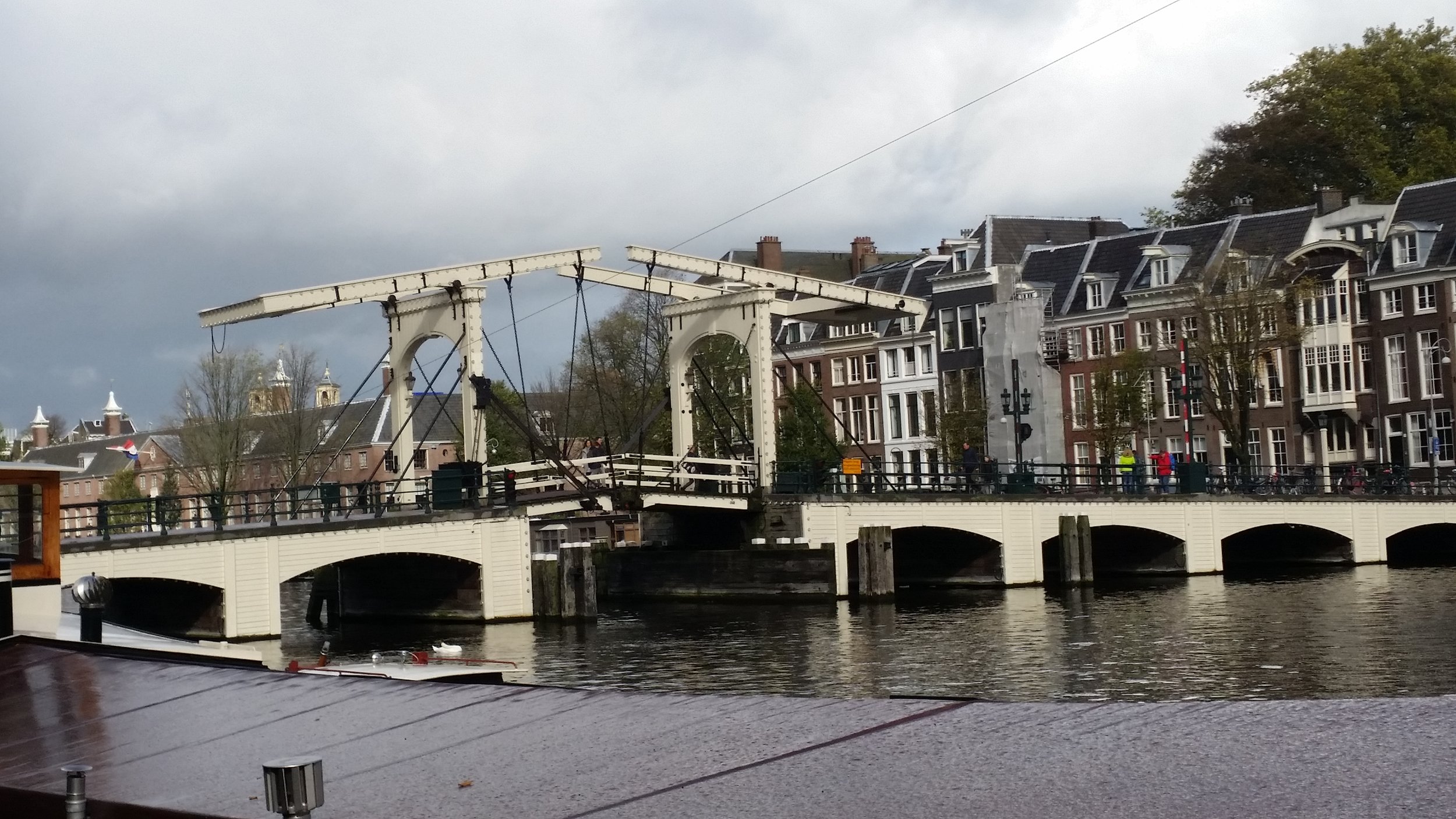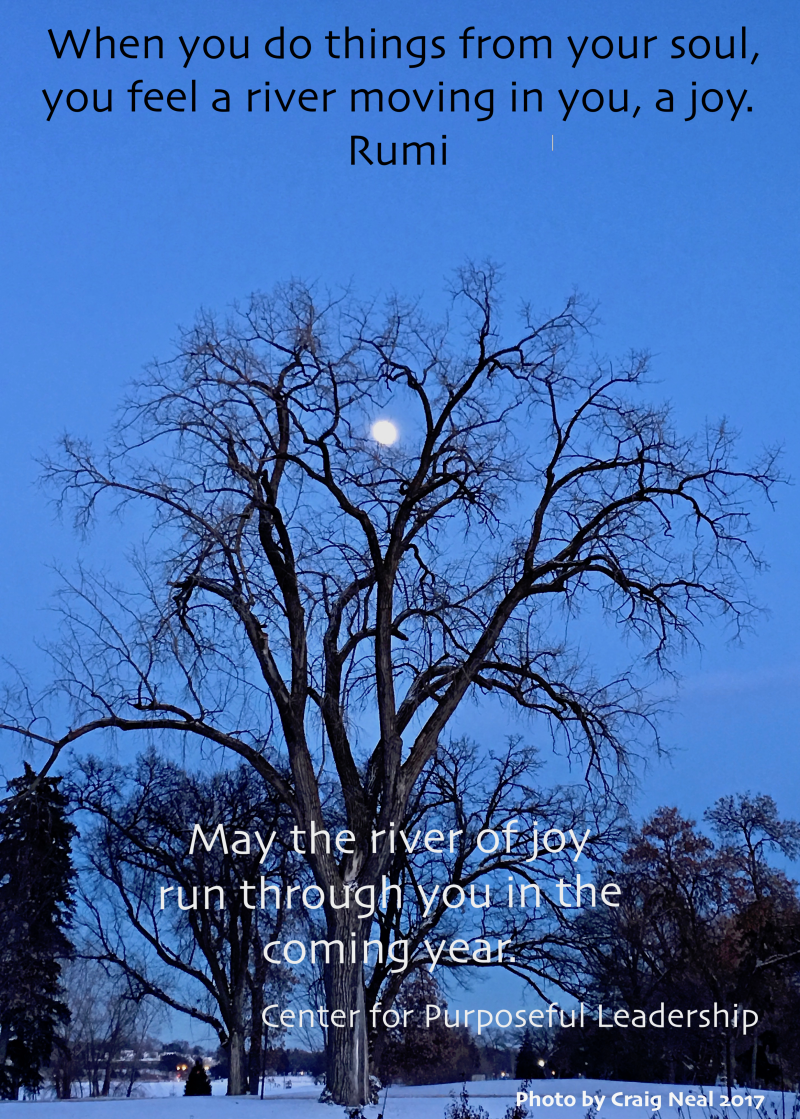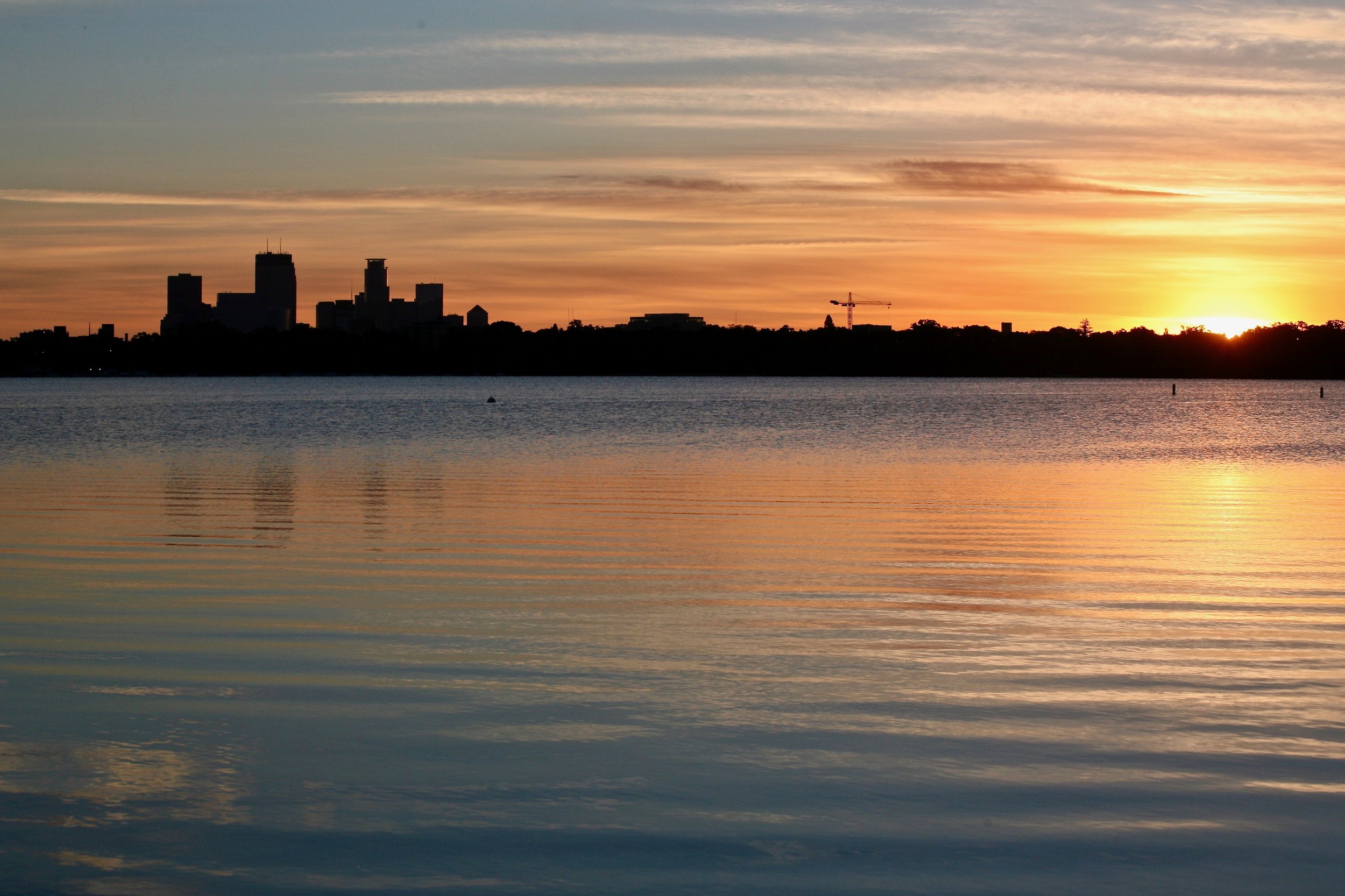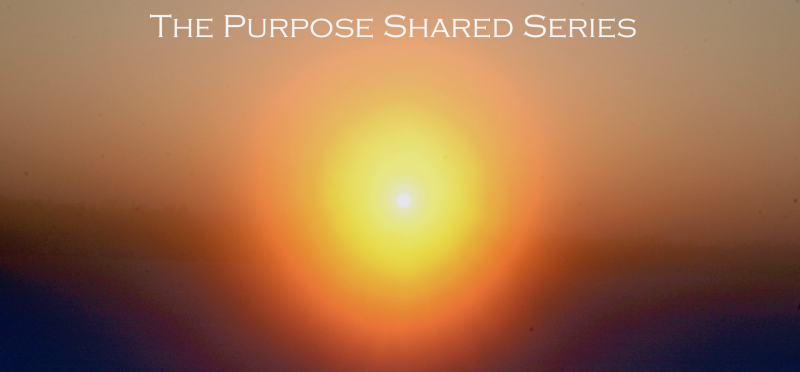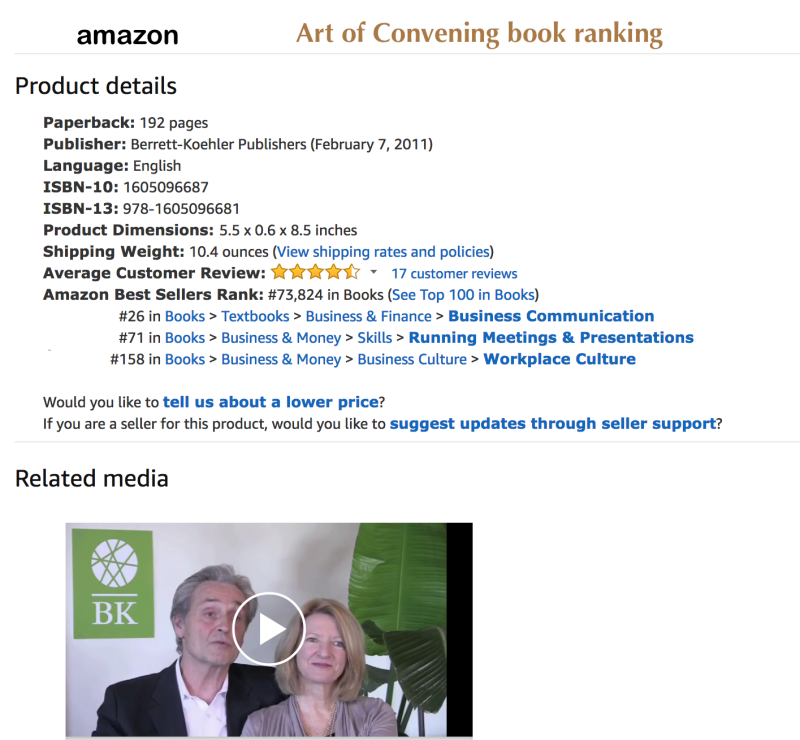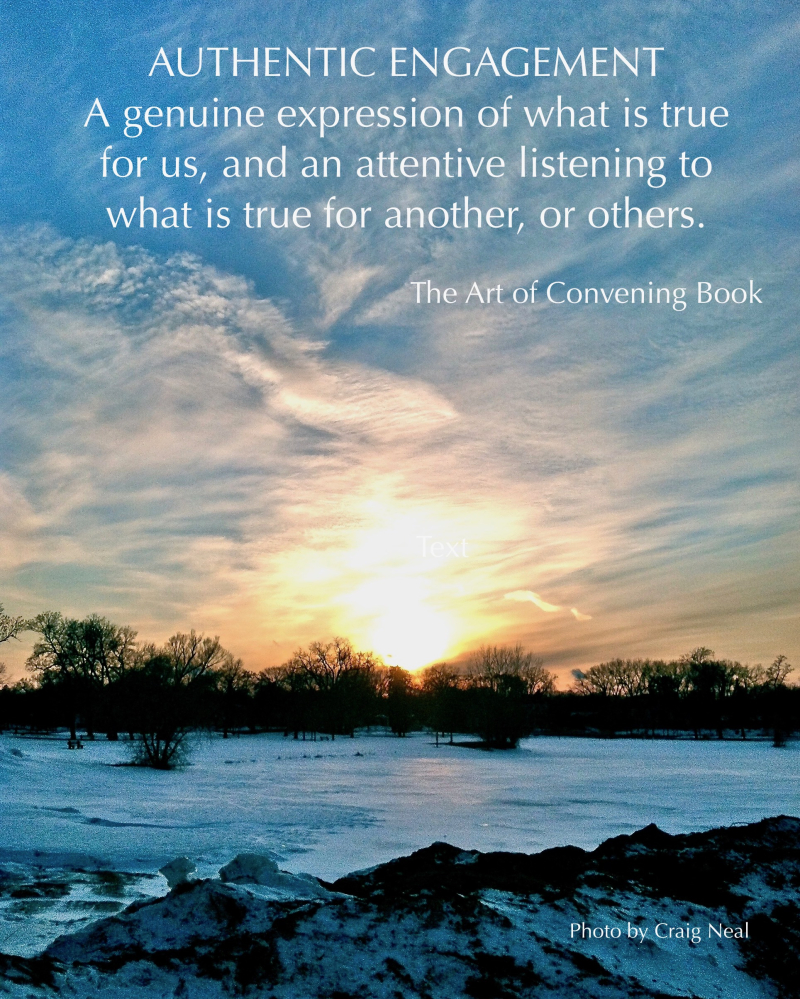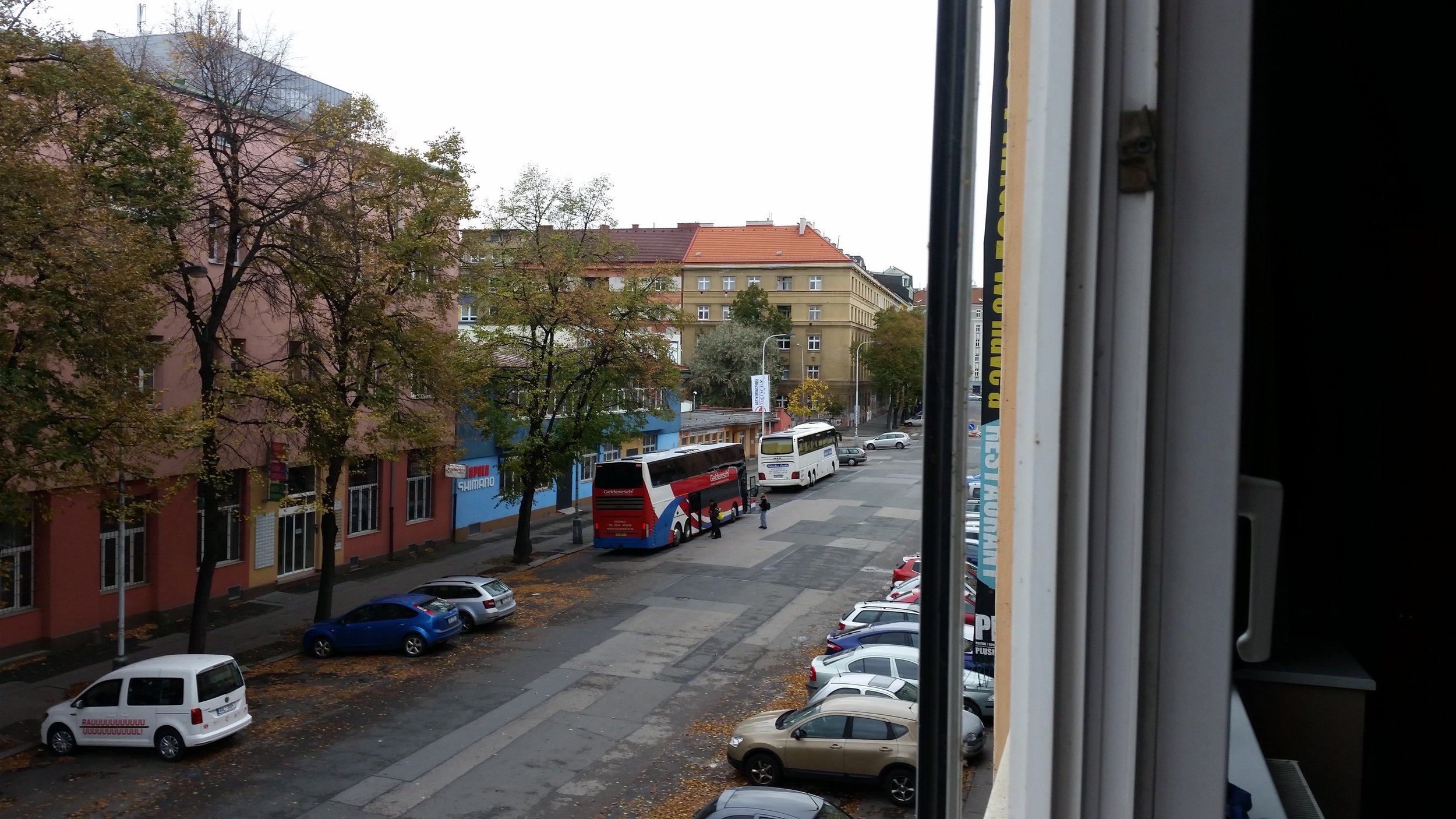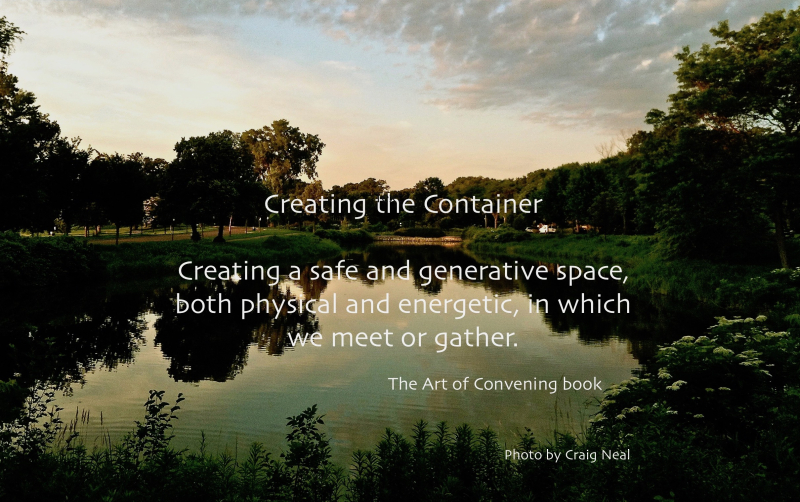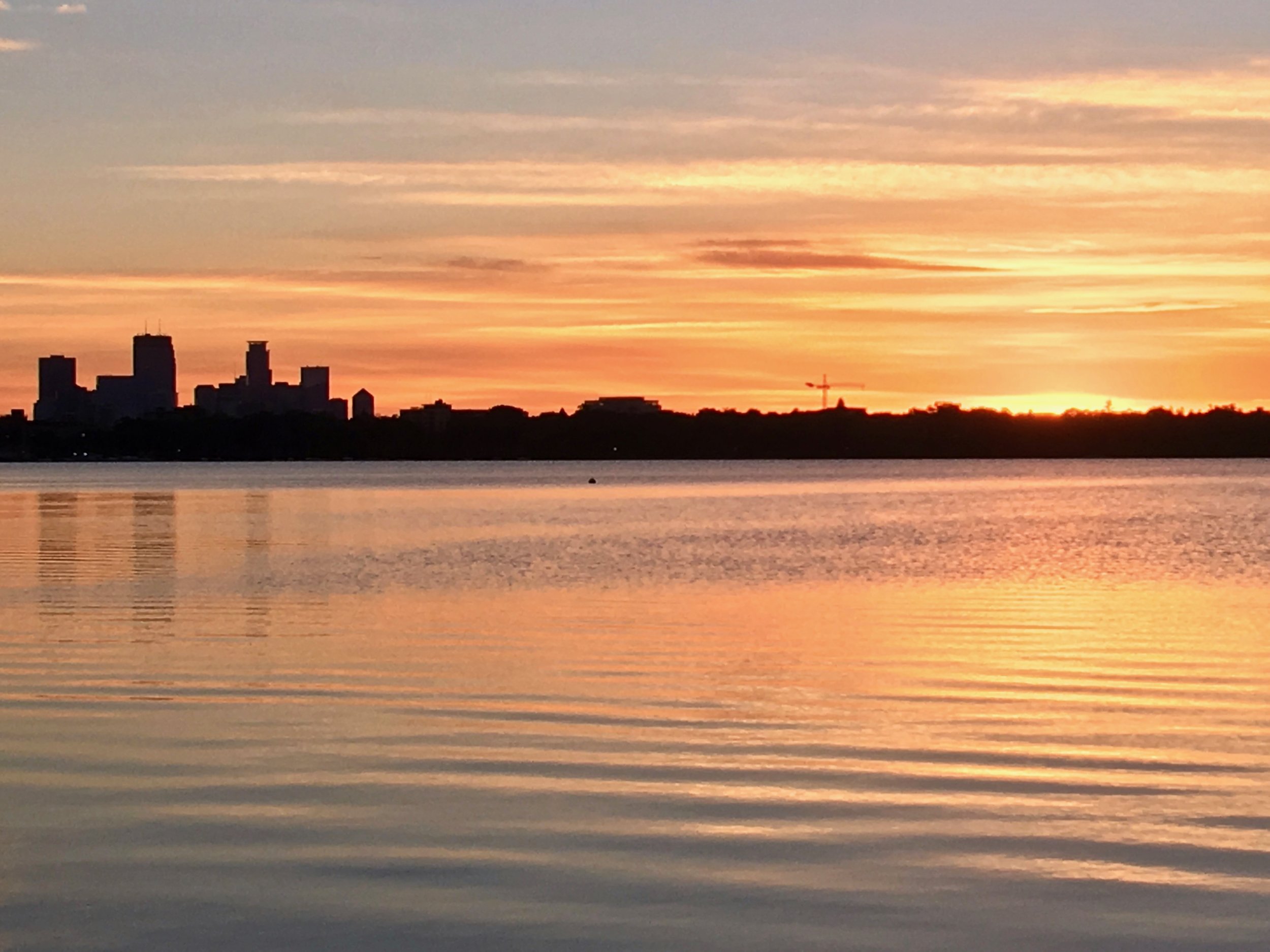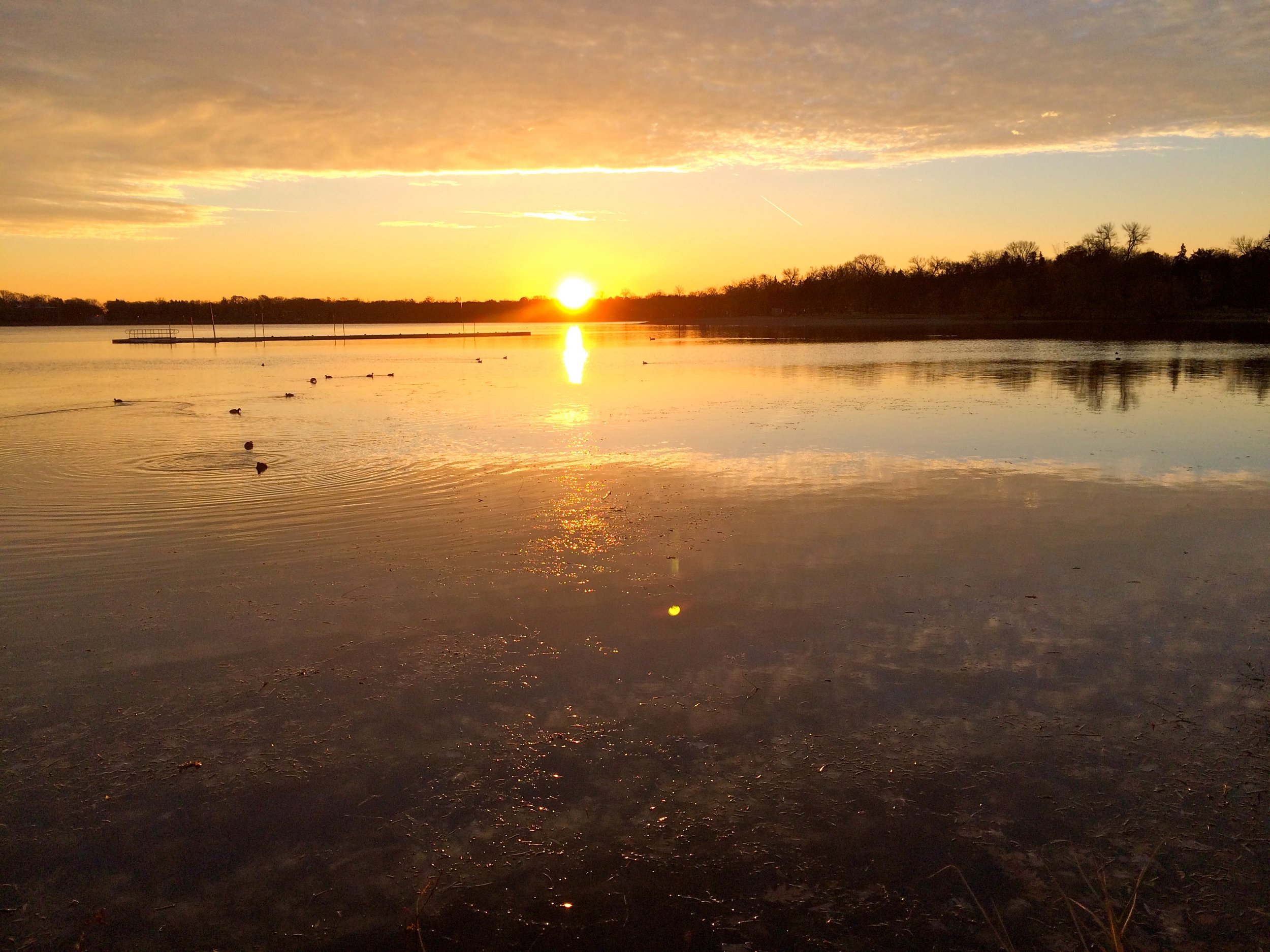10/20 Interview: Love Leadership: a movement is launched
/Photo credit: Craig neal
Talk about vision in action! Last night's VisionHolder Interview with John Hope Bryant was a message of hope and fierce claiming of love as a transformational power and a movement to reclaim capitalism as a foundation that works for all. Leading from love...
As a special advisor on finance and economics to the last 3 Presidents (Clinton, Bush, Obama), we found John's message at once transformative and yet very practical. Imagine the courageous conversations he invoked as he speaks about the Five laws of love-based leadership and as a financial advisor, saying, "Love makes money and Vulnerability is power." It's the beginning of transformational change in the halls of institutional power.
Five Laws of Love-based Leadership:
- Loss Creates Leaders (there can be no strength without legitimate suffering)
- Fear Fails (only respect and love leads to success)
- Love Makes Money (love is at the core of true wealth)
- Vulnerability is Power (when you open up to people they open up to you)
- Giving is Getting (the more you offer to others, the more they will give back to you).
There is a fierceness to his message of love as action and claiming of true power. Love is not this new-agey thing, but work, action. Fear is a punk. Fear is lazy. John spoke to rainbows after storms, not letting a good crisis go to waste. The time is now to speak this truth to create real power.
Many thanks to John for his words, his courage, and his commitment to activism through love.

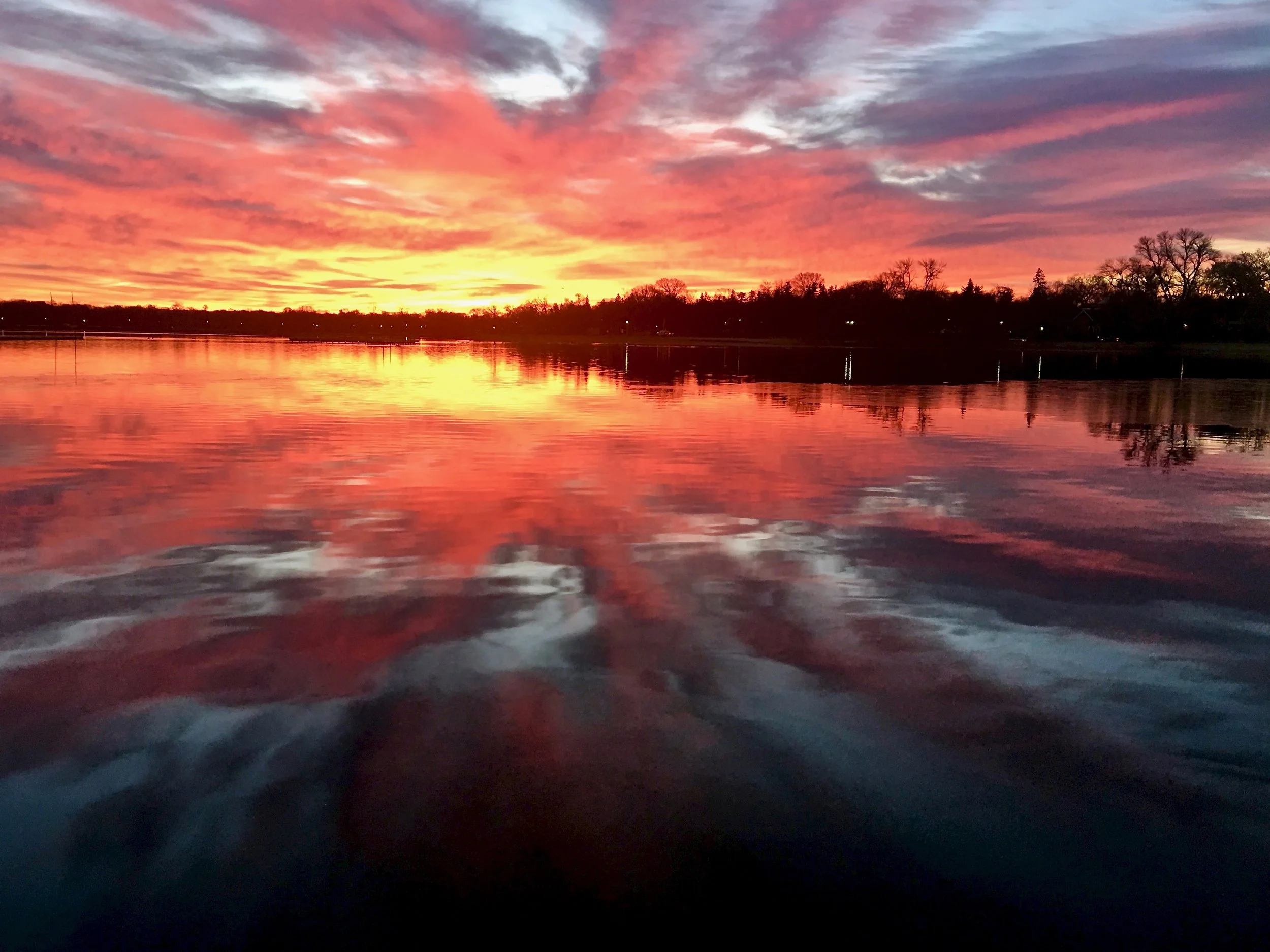

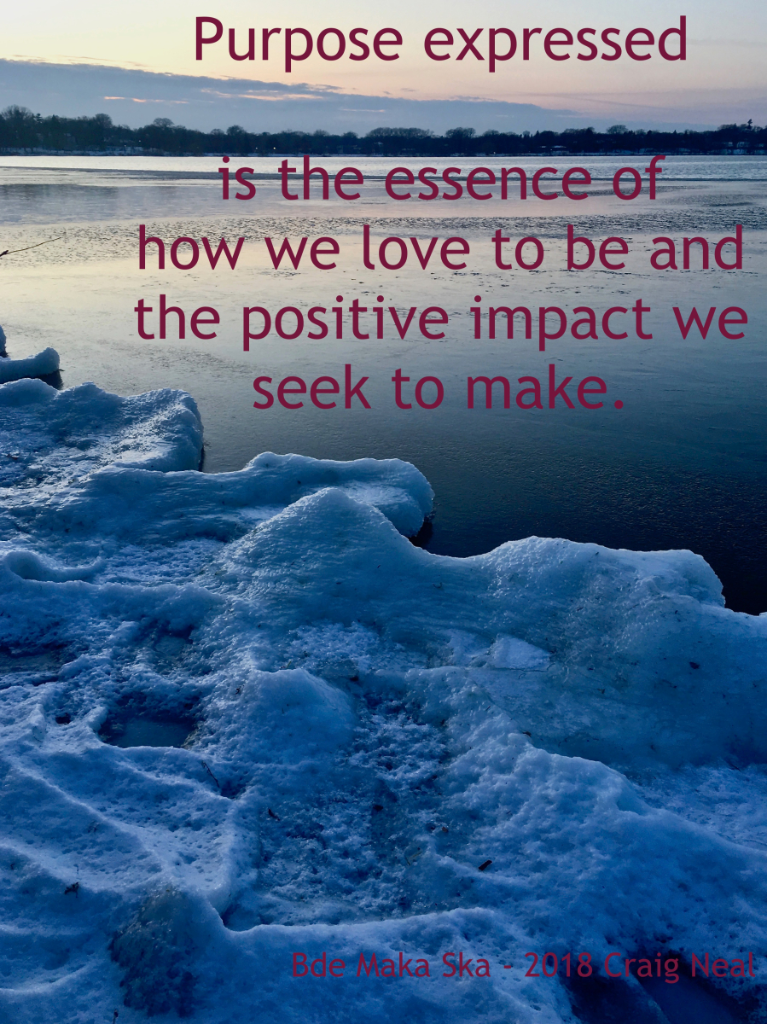
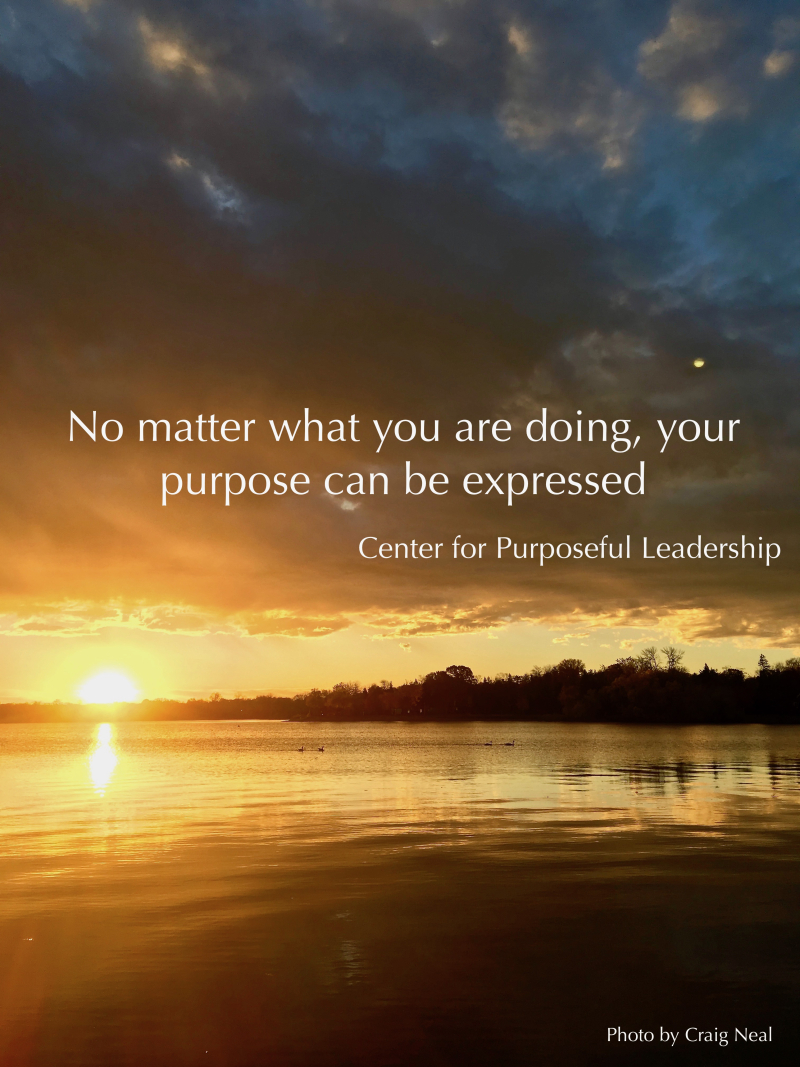













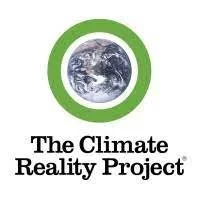







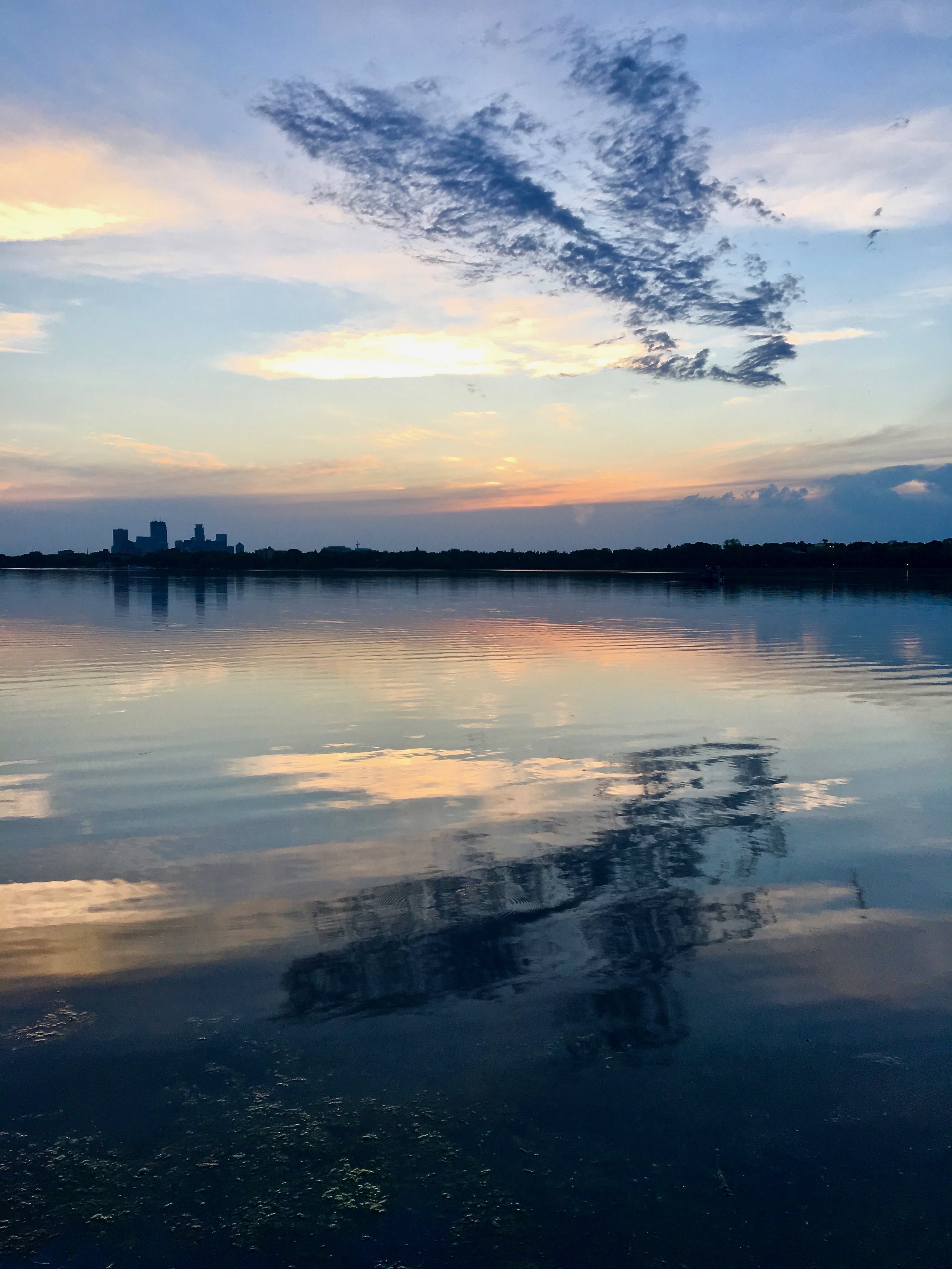

![[Hearth] Voices from Ukraine: Part 2](https://images.squarespace-cdn.com/content/v1/58a4e3be9de4bb98b066fd6f/1647955546471-VUGA4FCGFEUYJ29TEQVA/sunforest-mix-sunflower-types-1586794598.jpeg)

